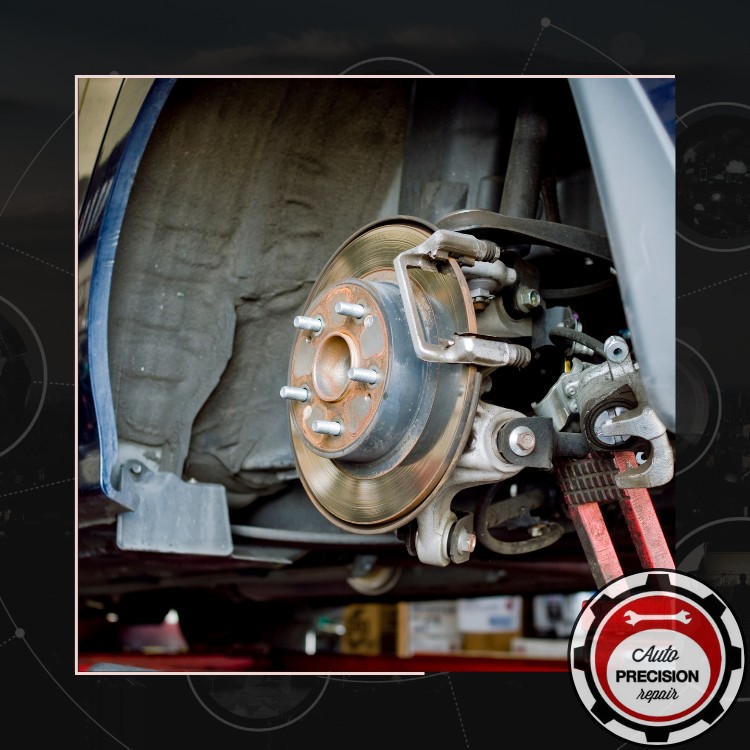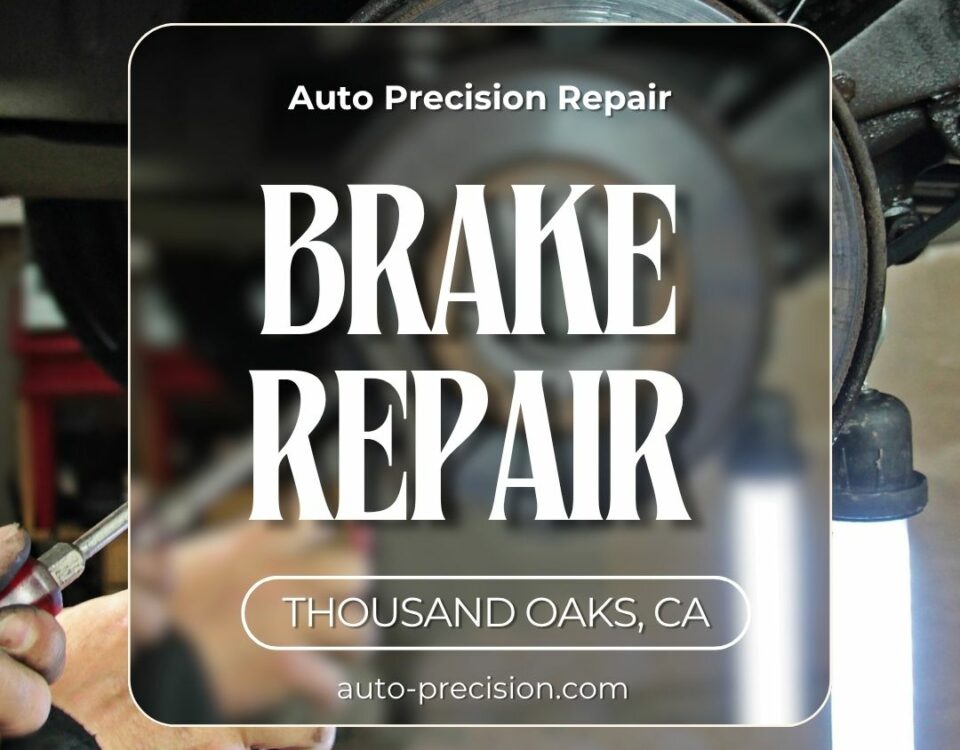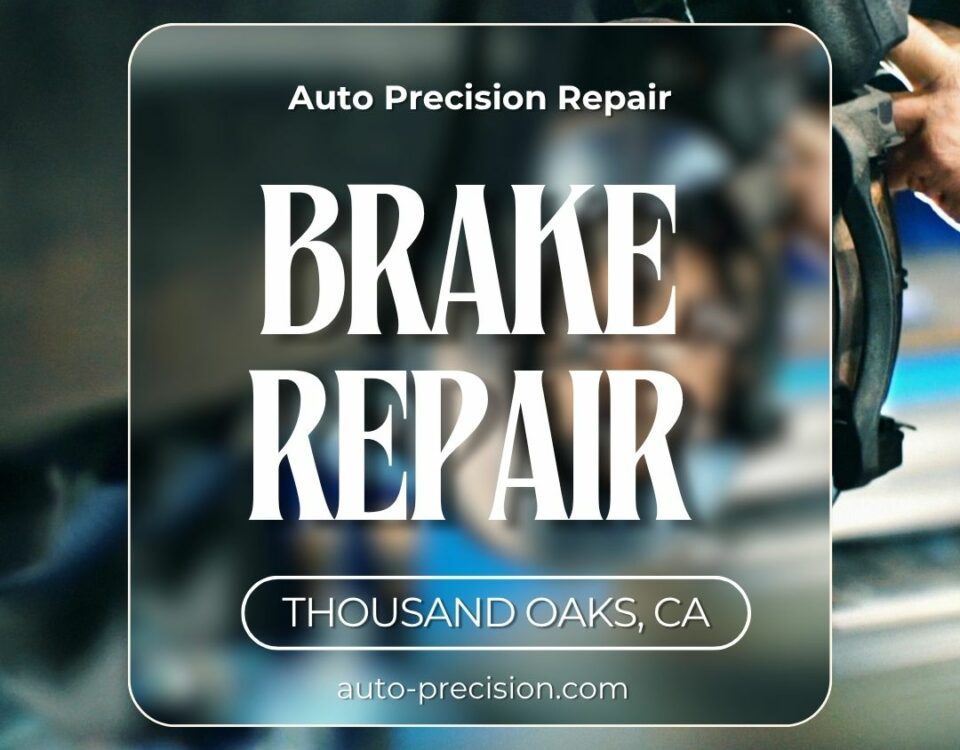
Decoding Brake Noises: What Your Car Is Trying to Tell You
January 8, 2024
Step-by-Step Guide to DIY Brake Pad Replacement
January 8, 2024The ‘Complete Checklist for Routine Brake Maintenance’ is an informative guide designed to enhance your understanding of the integral components within your vehicle’s braking system and the essential steps needed to maintain their optimal performance.
This detailed resource empowers vehicle owners by providing accurate, professional-grade knowledge. It fosters a sense of belonging among readers by addressing common concerns and questions in an accessible manner.
From the novice driver to the seasoned mechanic, this comprehensive checklist offers valuable insights to ensure the longevity of your vehicle’s brake system and, more importantly, your safety on the road.
Understanding Brake System Components
To ensure effective brake maintenance, it’s crucial to understand the key components of the brake system. These include the brake pedal, master cylinder, brake lines, brake fluid, calipers, brake pads, and rotors. Each of these components plays a pivotal role in the braking mechanism.
The brake pedal initiates the process, the master cylinder amplifies the force, and the brake lines transport brake fluid under pressure to the calipers. The calipers, in turn, push the brake pads against the rotors to stop the vehicle.
Understanding these components helps in identifying potential issues and in carrying out adequate maintenance. Knowledge of these fundamental components fosters a sense of belonging among vehicle owners, as they can confidently engage in conversations and decisions regarding their vehicle’s brake repair.
Essential Brake Maintenance Steps
While it is vital to understand the components of the brake system, implementing routine maintenance steps is equally crucial to preserve the longevity and functionality of your vehicle’s brakes.
Essential steps include regular brake fluid checks to ensure optimal performance, as low or contaminated fluid can compromise brake function.
Brake pads should be inspected for wear, as thinning pads can lead to metal-on-metal contact, resulting in expensive rotor or drum replacements.
Rotors should also be examined for signs of warping or damage.
Additionally, brake lines and hoses should be inspected for leaks, particularly around connections and fittings.
Regular brake repair maintenance is not just about preserving your vehicle’s health, but it also contributes to safer driving, thus reinforcing your sense of belonging in the community of responsible drivers.





